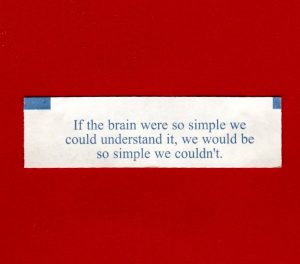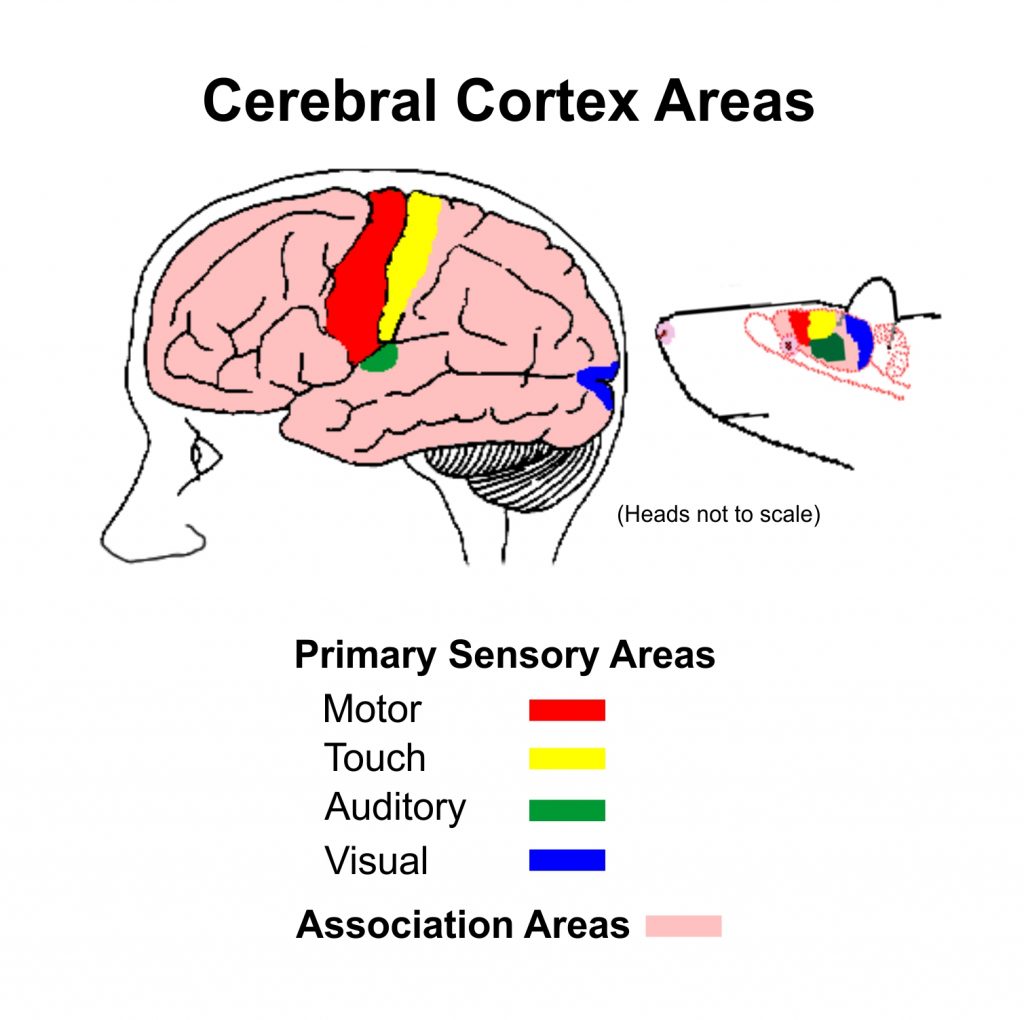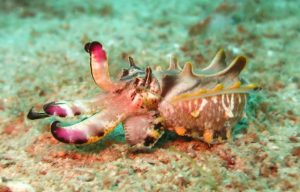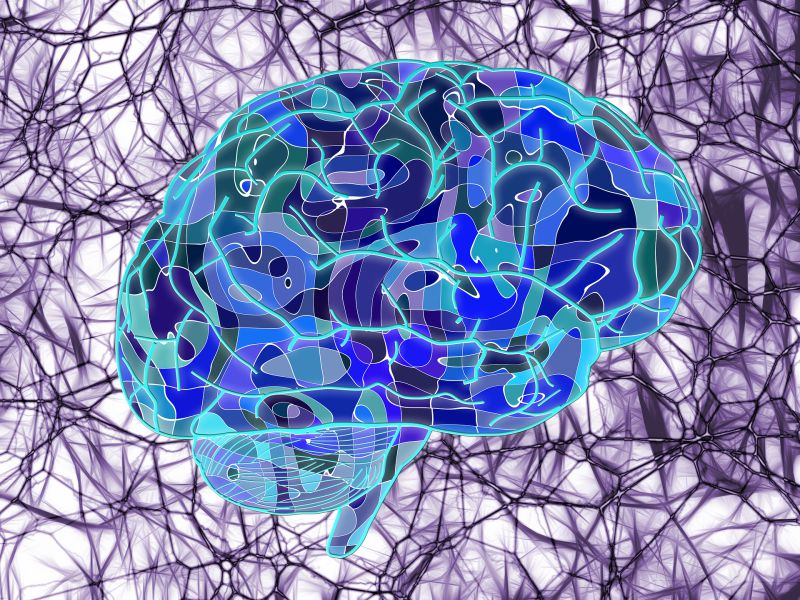Fortune Cookie Friday: Not So Simple Minded

I have read some witty fortunes. One of my favorites is, “The fortune you seek is in another cookie.” I also giggled at the joke fortune that read, “Help! I’m trapped in a Chinese bakery.” Others are vague, “You will have good luck in the near future.” Then, there are fortunes, like today’s, that really make you think. This one in particular, figuratively made my head explode.

The human species has come a long way over time. We are a complicated animal with complicated lives and we have a complicated brain. We have evolved to the point where we spend numerous hours sitting and staring at small electronic devices, much like a cat staring at a wall. OK, maybe not that complicated for some, but we did evolve. Our brain evolved as well.
The human brain is quite large for our body size. It weighs in at around 3 pounds. Compared to one of our closest relatives, the chimpanzee, it is big. Their brain is one-third the size of ours, even though they have body size similar to ours. This mass of neural tissue has put us at the top of the evolutionary tree, and we aren’t even built for climbing anymore.

The majority of the difference in brain size between us and other primates is from an evolutionary expansion of the association cortex. This is the part of the cerebral cortex (the outer layer of the cerebrum) outside of the primary sensory areas, like the auditory, visual and motor regions. The associated cortex gives us the ability of sophisticated cognitive functions, like self-awareness, language, and problem solving. Though I do think there are times when that area of my brain has taken a permanent vacation—hello writer’s block.
Now, chimpanzees are capable of making and using tools. They can use twigs to probe for insects or honey, and wads of crumbled leaves to sponge drinking water from hard-to-reach places. They also have emotions similar to our own, like joy, anger, grief, sorrow, but the region of the association cortex in a chimpanzee is much smaller than in humans. This might explain why humans went on to develop whole civilizations and philosophize the meaning of life.

Let’s go a little farther and look at the brain of a cuttlefish. These little swimmers don’t even have a spine, but they have one of the largest brain-to-body size ratios largest brain-to-body size ratios of any invertebrate. The areas of the cuttlefish brain control how it receives and responds to input from a variety of senses, including sight, smell, and even “sound” (in the form of pressure waves), all while swimming in its watery environment. Even with the larger than average invertebrate brain, you won’t find the cuttlefish formulating geopolitical relationships, but they can do some amazing things with camouflage.
What is my point with all of this? Well, our brains are not simple, yet we search for answers all of the time, as to how they work. Will we ever understand everything about them? Will we ever tap into the abilities hidden deep in our minds? We may never know, but we will continue to search for those answers, because a complex mind is never content with simple answers.




